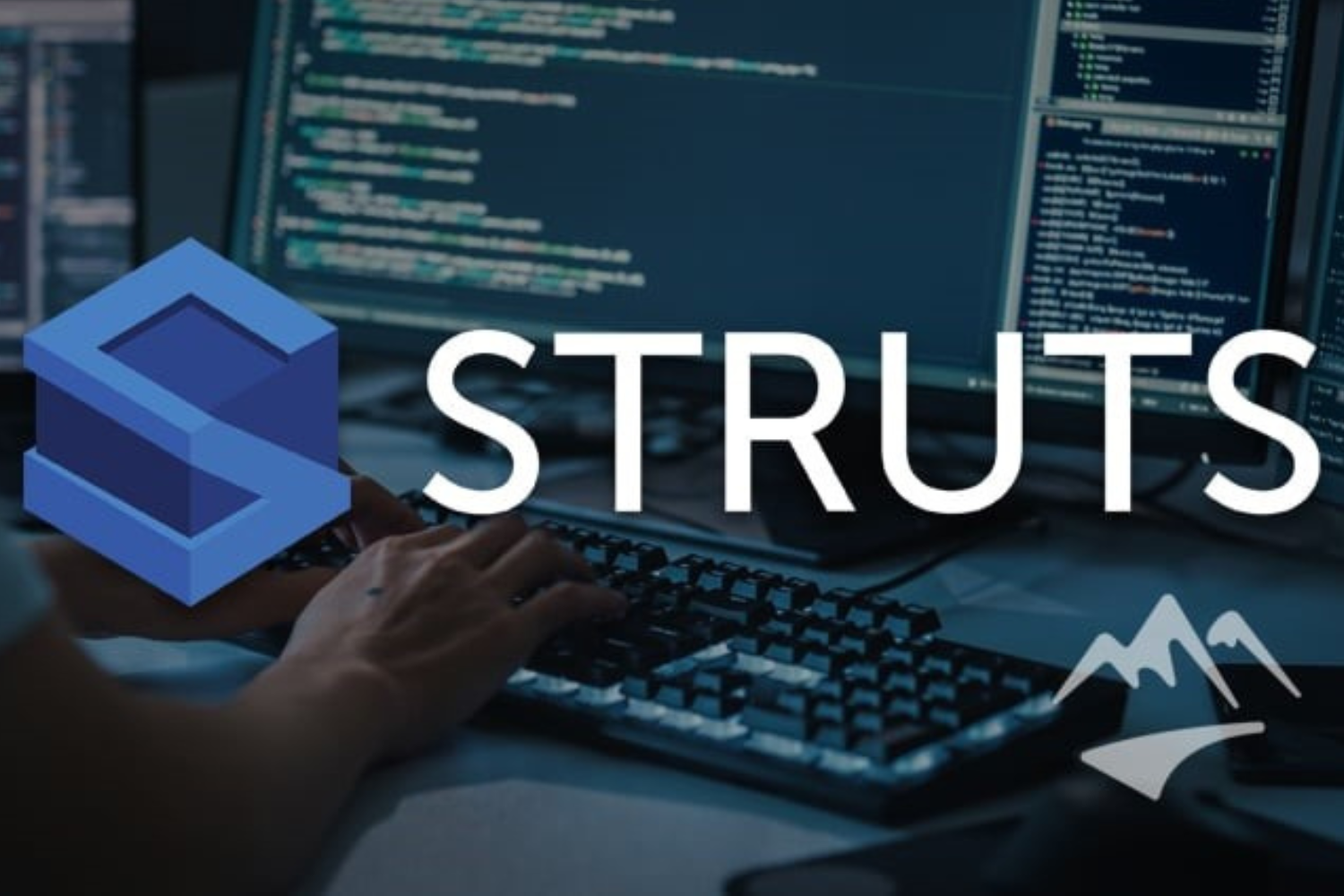
STRUTS
Java backend Struts is an open-source framework for developing Java web applications. It follows the Model-View-Controller (MVC) architectural pattern, providing a structured approach to building web applications. Struts handles the flow of the application, separating the business logic from the presentation layer. It offers features like request handling, form validation, and integration with various technologies. With Struts, developers can create scalable and maintainable web applications using Java.
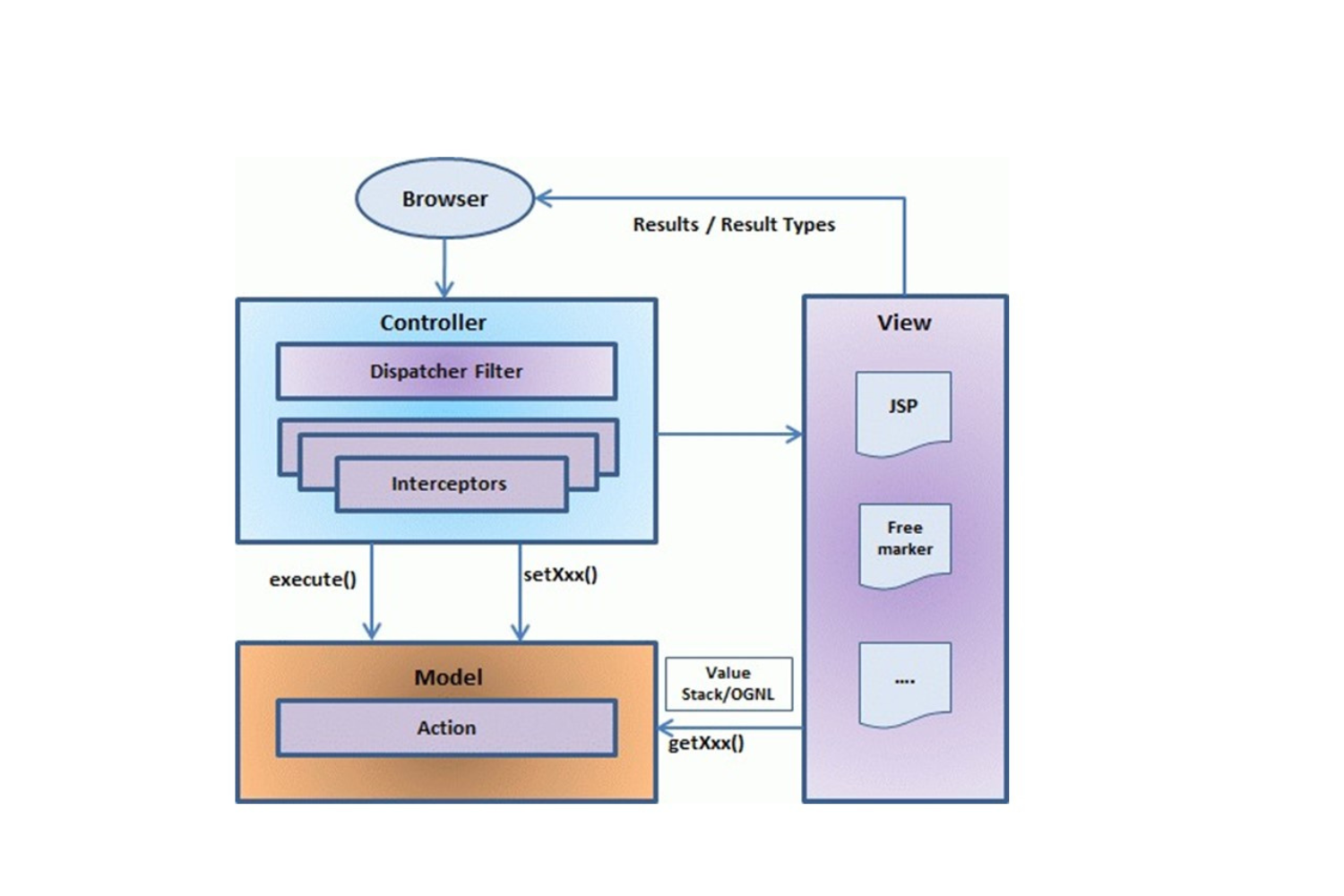
Advantages of Java backend Struts:
Here are some advantages of using Struts:
1) MVC Architecture: Java backend Struts follows the Model-View-Controller (MVC) pattern, which promotes separation of concerns and enhances code organization, making it easier to maintain and update the application.
2) Reusability: Java backend Struts provides reusable components, such as form validation and input handling, which can save development time and effort.
3) Extensibility: Java backend Struts is highly extensible, allowing developers to integrate additional libraries and frameworks to enhance functionality and meet specific project requirements.
4) Robust Validation: Java backend Struts offers built-in validation capabilities, making it easier to validate user input and ensure data integrity.
5) Integration with Other Technologies: Java backend Struts seamlessly integrates with other Java-based technologies and frameworks, such as Hibernate and Spring, allowing developers to leverage their functionalities.
6) Community Support: Java backend Struts has a large and active community of developers, which means there are plenty of resources, tutorials, and forums available for support and troubleshooting.
7) Security: Java back end Struts provides features like input validation, CSRF protection, and secure coding practices, helping to enhance the security of web applications.
8) Scalability: Struts is designed to handle large-scale applications, making it suitable for projects that require scalability and performance optimization.
Architecture of Java backend Struts:
The architecture of java backend Struts is based on the Model-View-Controller (MVC) design pattern. In the Struts framework, the application is divided into three main components:
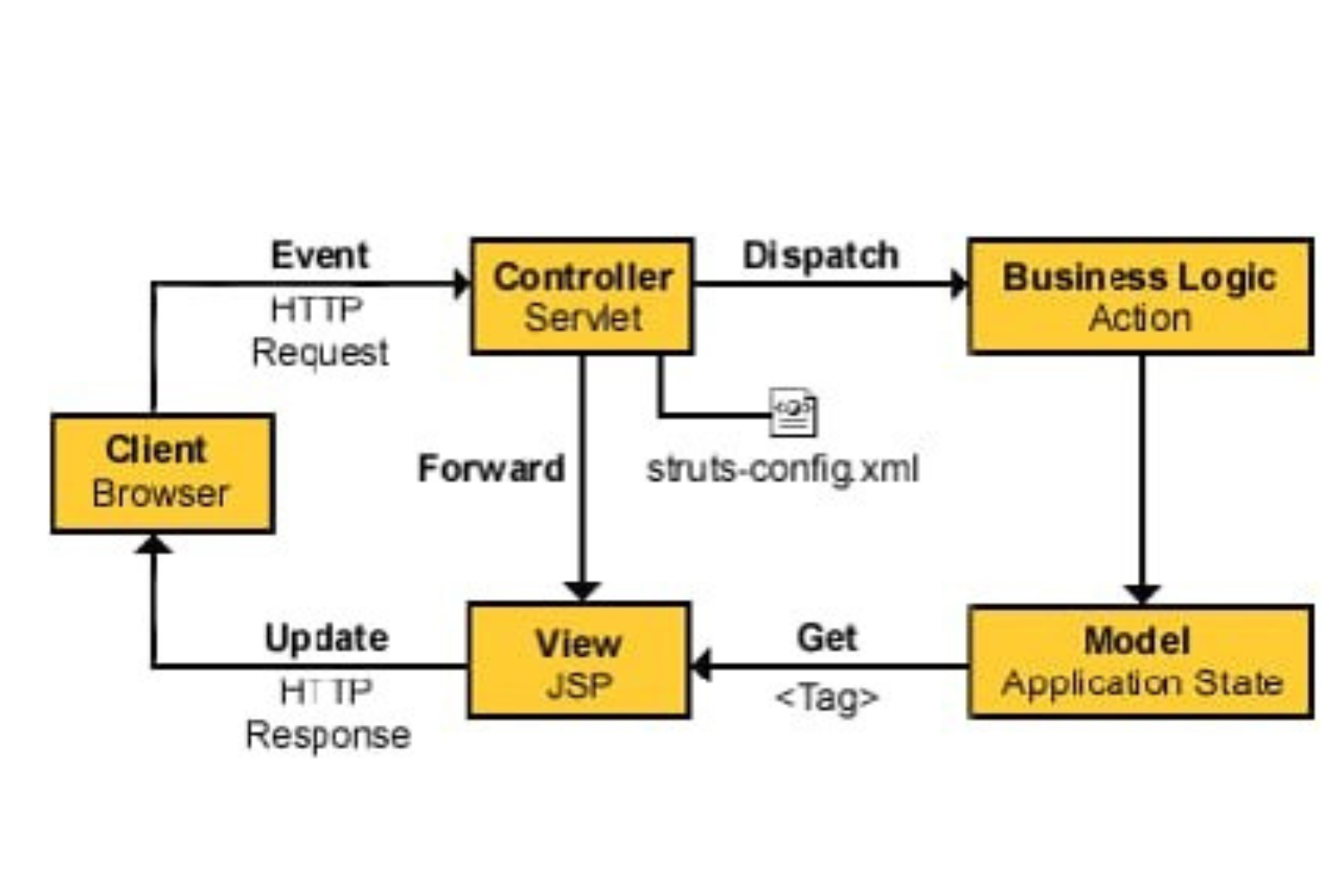
1)Model: The model represents the data and business logic of the application. It encapsulates the data and provides methods to manipulate and access it.
2)View: The view is responsible for presenting the data to the user. It generates the user interface and displays the information retrieved from the model.
3)Controller: The controller handles the flow of the application. It receives and processes user requests, interacts with the model to retrieve or update data, and selects the appropriate view to display the response.
In the Java backend Struts framework, the controller is implemented using ActionServlet, which acts as the central controller. It receives requests, delegates the processing to appropriate Action classes, and forwards the response to the appropriate view. This separation of concerns in the MVC architecture allows for better code organization, modularity, and maintainability of the application.
Working of Java backend Struts:
Struts follows a specific workflow to handle user requests. Here’s a simplified explanation of how Struts works:
1. User sends a request: When a user interacts with a web application built with Struts, they send a request to the server. This request is typically triggered by clicking a link or submitting a form.
2. Request received by ActionServlet: The request is intercepted by the ActionServlet, which acts as the central controller in Struts. The ActionServlet examines the request and determines the appropriate Action class to handle it based on the configured mappings.
3. Action class processing: The Action class is responsible for processing the request and performing the necessary actions. It may interact with the model to retrieve or update data, perform business logic, or invoke other components.
4. Action forwards the response: After processing the request, the Action class typically forwards the response to a specific view. The view is determined based on the outcome of the action, such as success or failure.
5. View generation: The selected view, often implemented using JSP (JavaServer Pages), generates the HTML or other markup to be displayed to the user. It may access the data provided by the Action class to populate the view with dynamic content.
6. Response sent to the user: The generated view is sent back as the response to the user’s request. The user’s browser renders the received HTML, displaying the updated page or information.
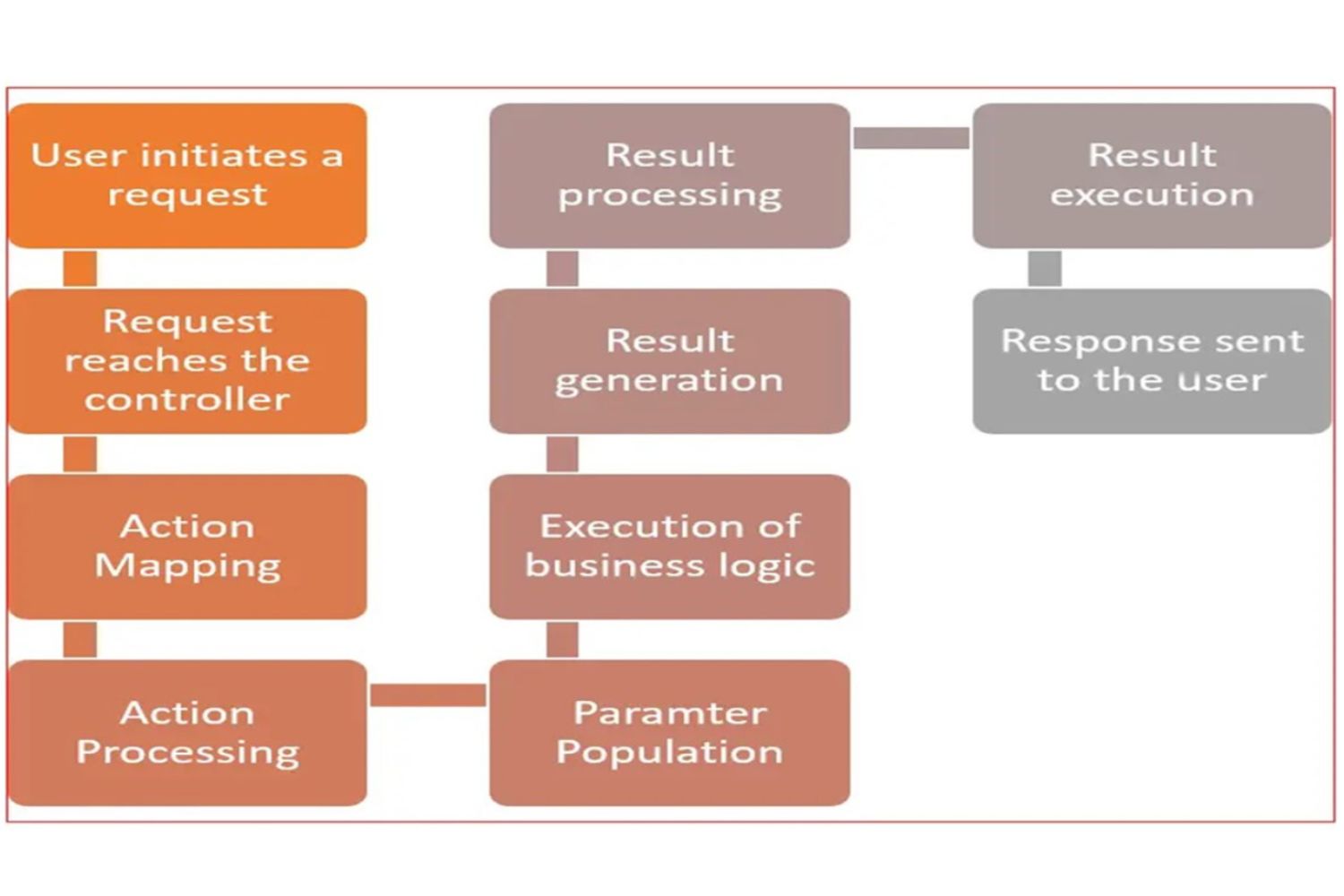
Throughout this process, Java backend Struts provides various features and components to handle form validation, data conversion, error handling, and more. It promotes the separation of concerns and helps developers build robust and maintainable web applications.
That’s a high-level overview of how java backend Struts works.
Scope of Java backend Struts
The scope of Java backend Struts is primarily focused on web application development.It provides a framework for building Java-based web applications using the Model-View-Controller (MVC) design pattern. Struts helps in organizing and managing the application’s flow, handling user requests, and generating dynamic views. With Struts, anyone can develop scalable and maintainable web applications by separating concerns and promoting code reusability.
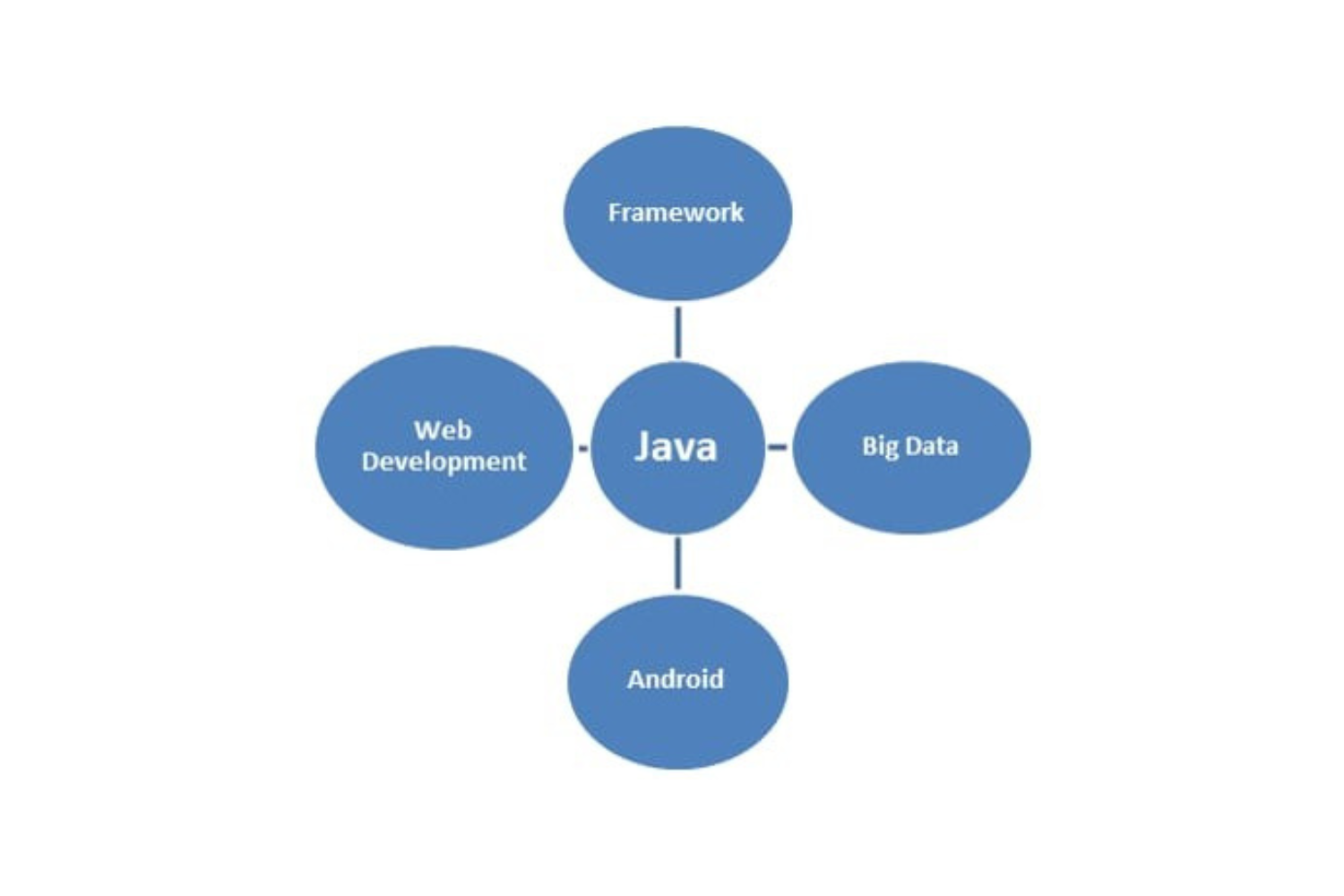
It provides features like form handling, validation, internationalization, and error handling. Additionally, Struts integrates well with other Java technologies and frameworks, making it a popular choice for enterprise-level applications. Struts can be a viable option for maintaining and enhancing existing applications built on the framework. Many organizations have invested heavily in java backend Struts-based applications and continue to use and support them.
Job Roles
1. Java backend struts Developer
2. Java Developer
3. Senior Java Developer
4. Full Stack Developer Java
5. Java Springboot developer
6. WCs developer
7. Java JSP servlet Developer
8. Java backend Lead
Salary Expected
The salary for Struts in SCODEEN Global in India ranges between 13 lakhs to 35 lakh Per Annum.
Course Highlights:
1- Suited for students, fresher’s, professionals, and corporate employees
2- Live online classes
3- 4-month program
4- Certificate of completion
5- Decision Oriented Program of Analysis
6- Live Classes by highly experienced faculties
7- Hands-on experience with real-life case studies.

Conclusion:
In conclusion, Java backend Struts is a mature web application framework that has been widely used in the past. It provides a structured approach to building Java-based web applications using the MVC pattern.

